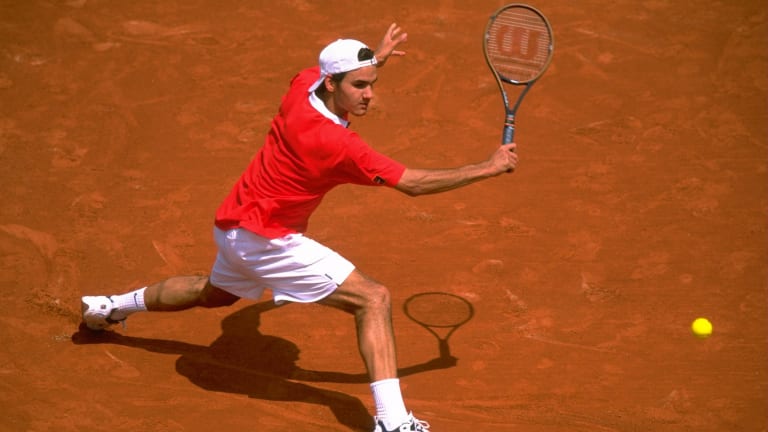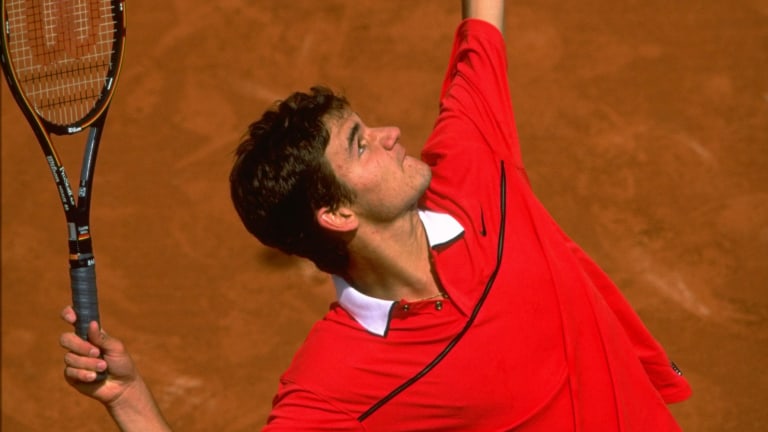Ambitious as Roger Federer has always been, even he had no idea there were 420 more Grand Slam matches in his future—including a record 20 major singles titles. All the 17-year-old Federer knew on this day in 1999 was that he was at Roland Garros and primed to play in the main draw of a major singles tournament for the first time.
The previous year, Federer had been the world’s best junior, most visibly so when he’d triumphed at Wimbledon. At the end of 1998, the rookie pro from Switzerland was ranked 302 in the world.
The first five months of ’99 saw him make considerable progress, Federer propelled up the ranks courtesy of fine results at Challenger and ATP events. That February, Federer reached two straight quarterfinals at ATP tournaments. The first came in Marseille, highlighted by a win over the reigning Roland Garros champion, Carlos Moya. Later that month, in the last eight of Rotterdam, Federer stretched recent Australian Open winner Yevgeny Kafelnikov, losing the match 6-1, 5-7, 6-4.
By late May, Federer’s ranking had soared to No. 111. He was awarded a wild card entry into Roland Garros. Still, at that point Federer had yet to win an ATP tour match on clay.
Years later, Federer’s toughest opponent in Paris was, of course, the greatest clay court player ever, Rafael Nadal. But for this clay court debut, the matchup was quite different: the formidable net-rusher, third-seeded Patrick Rafter. Federer met Rafter during the Aussie’s richest part of his career—two straight US Open titles in ’97 and ’98. Rafter was also quite skilled on clay, having recently reached the finals in Rome and the semis at Roland Garros two years prior.

